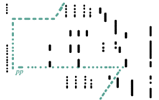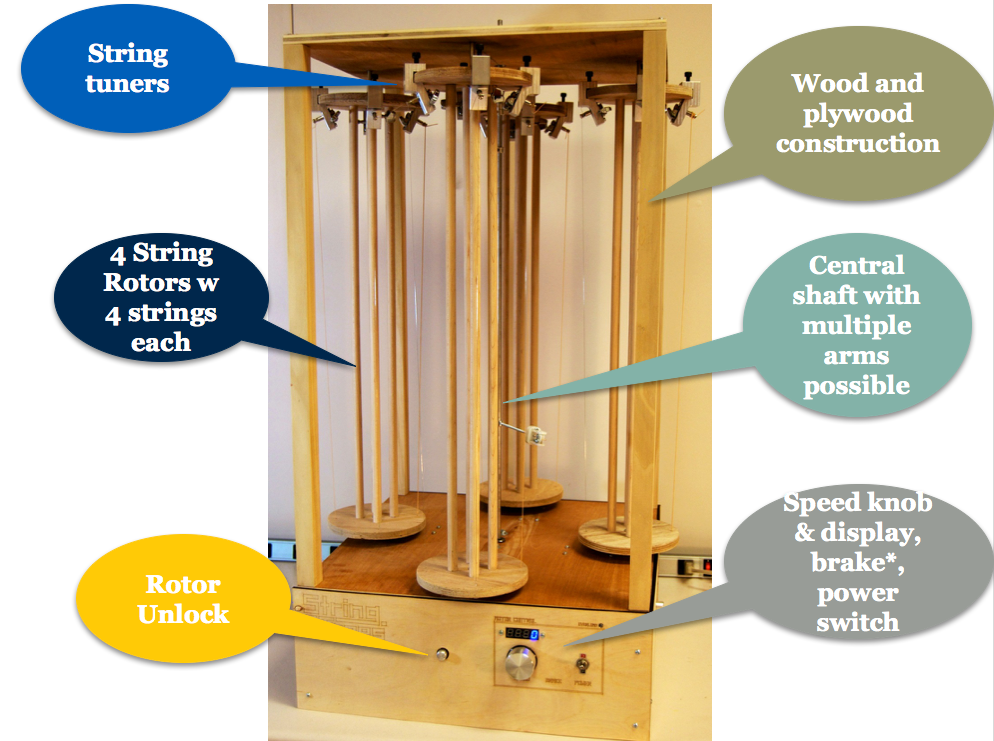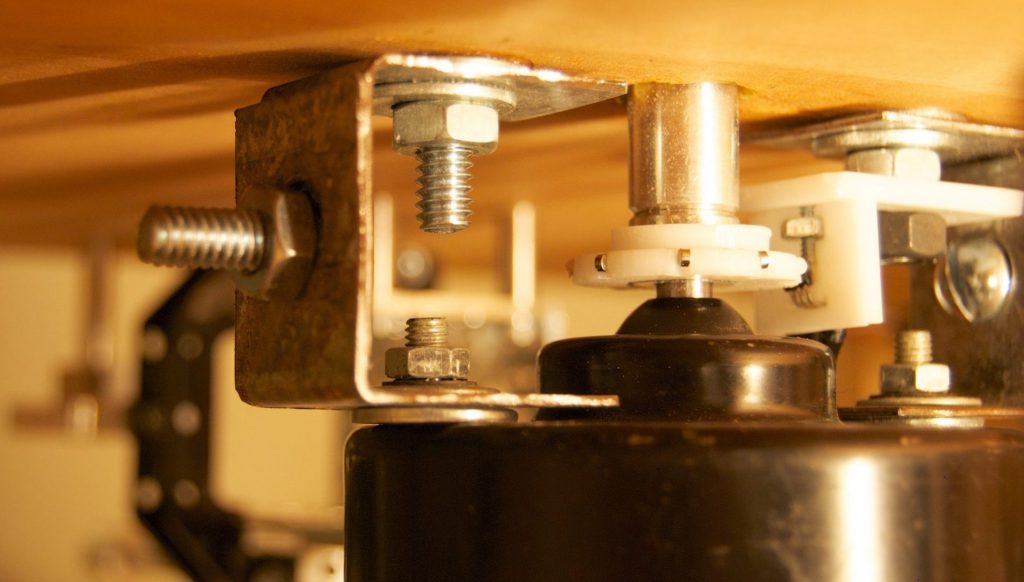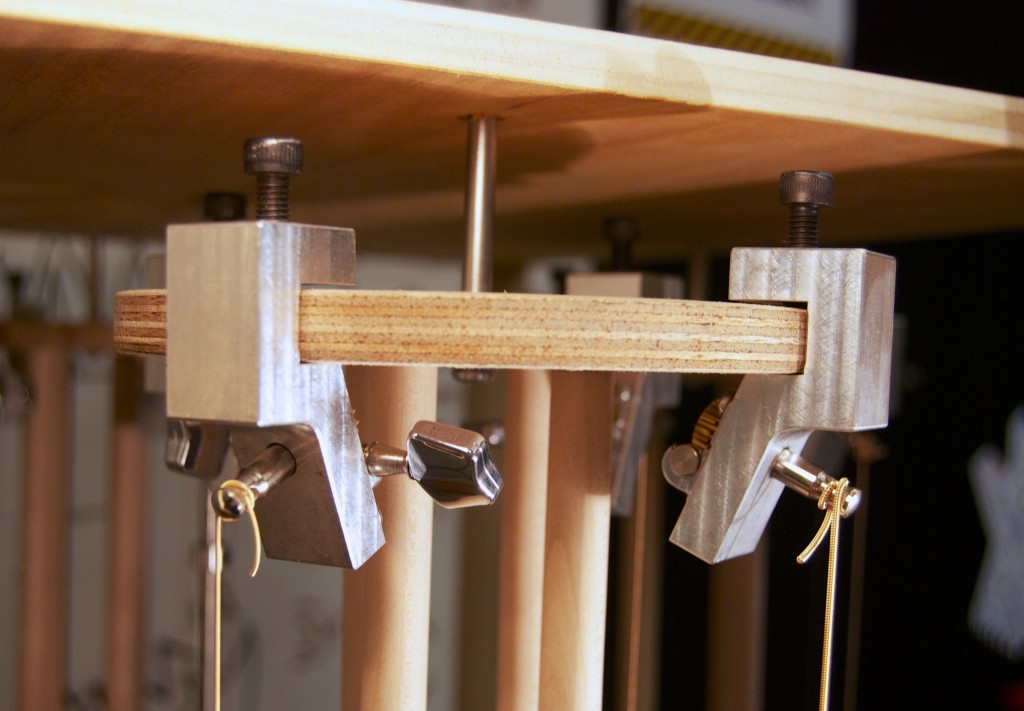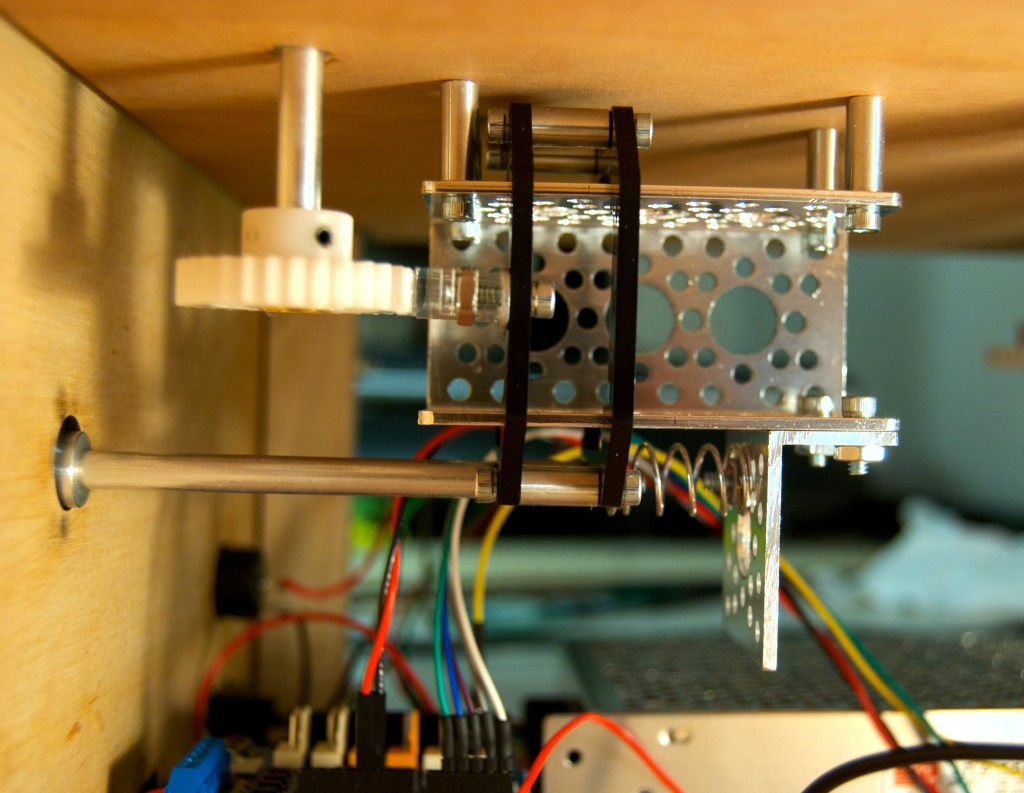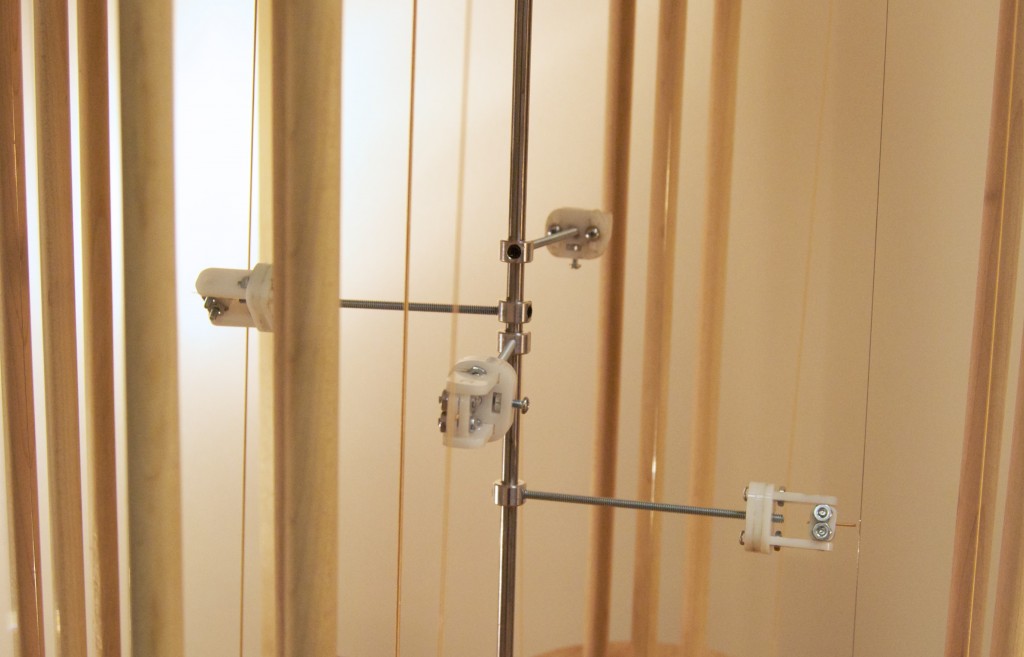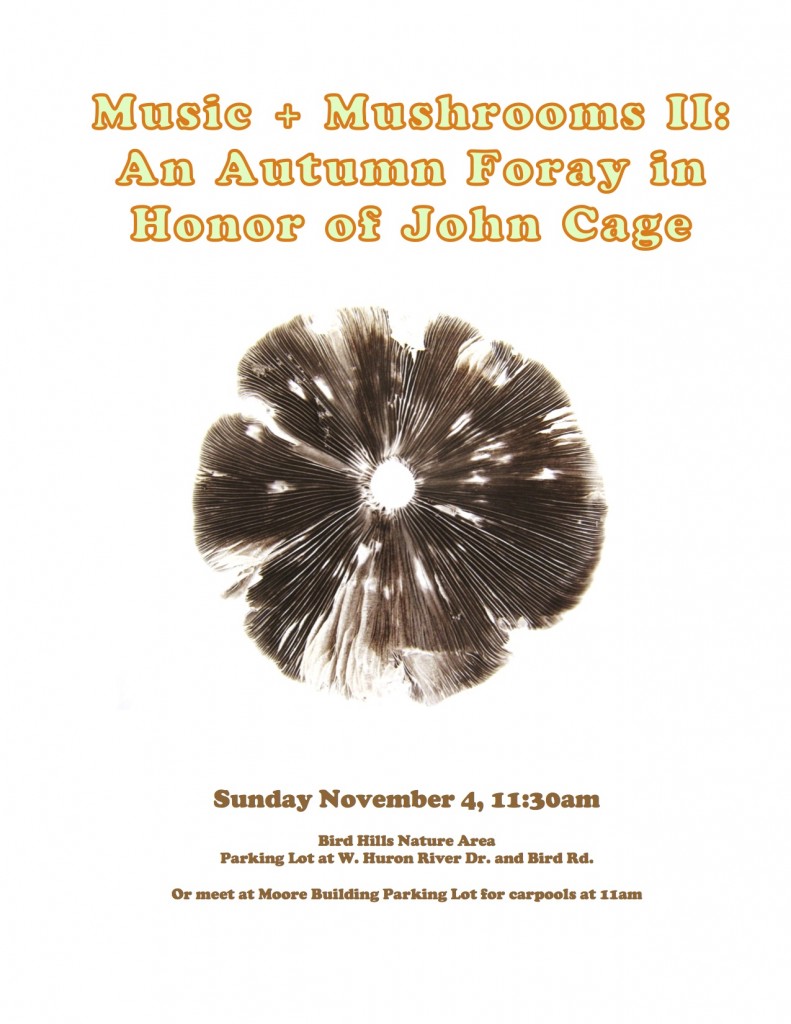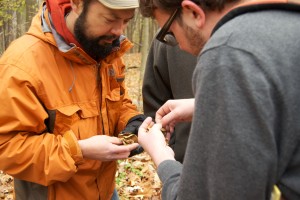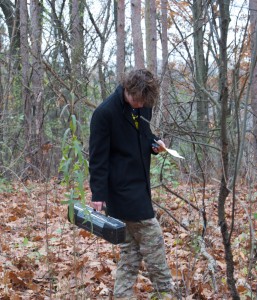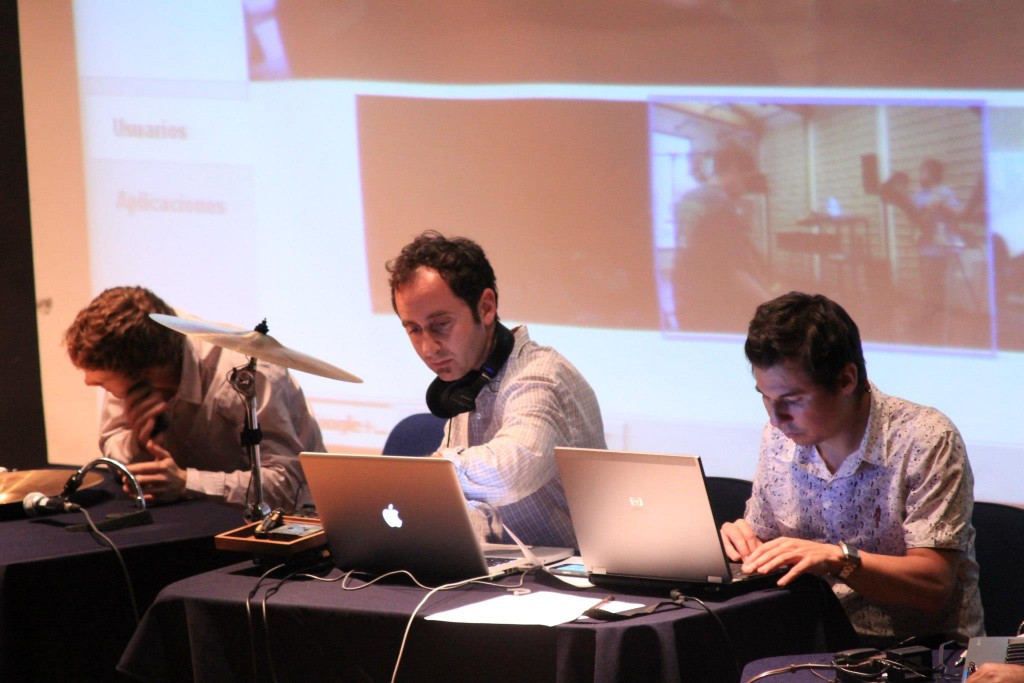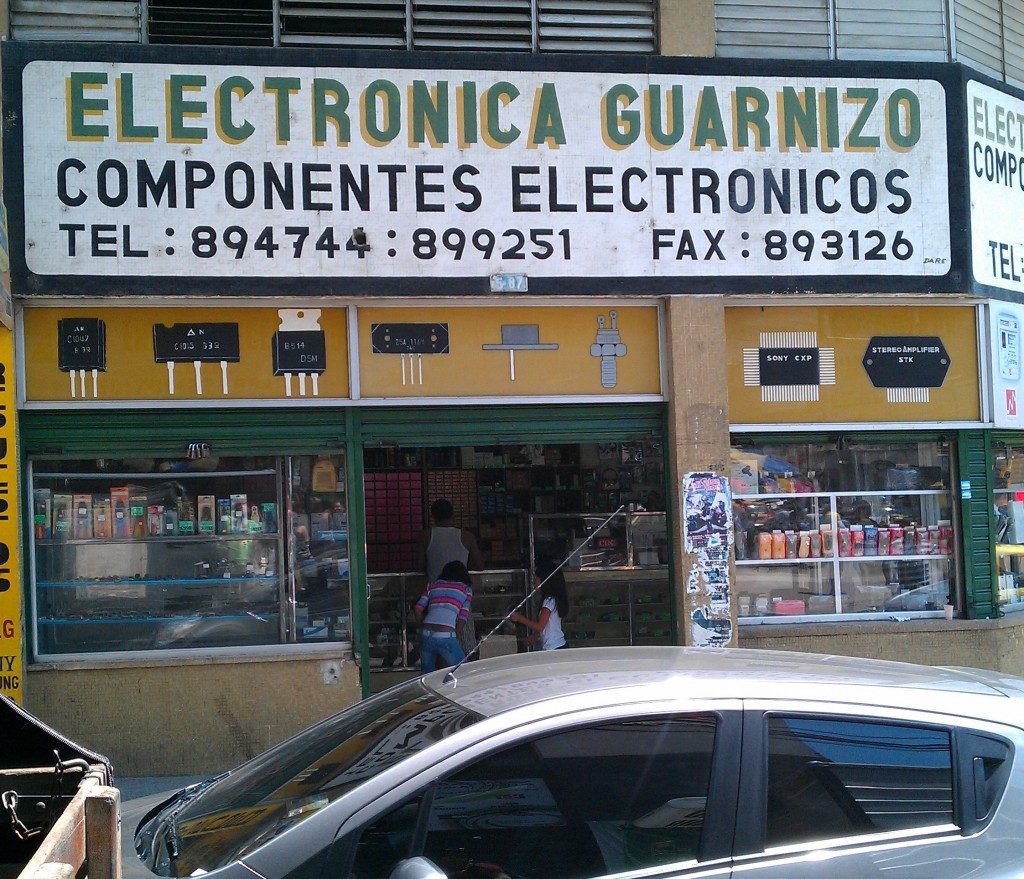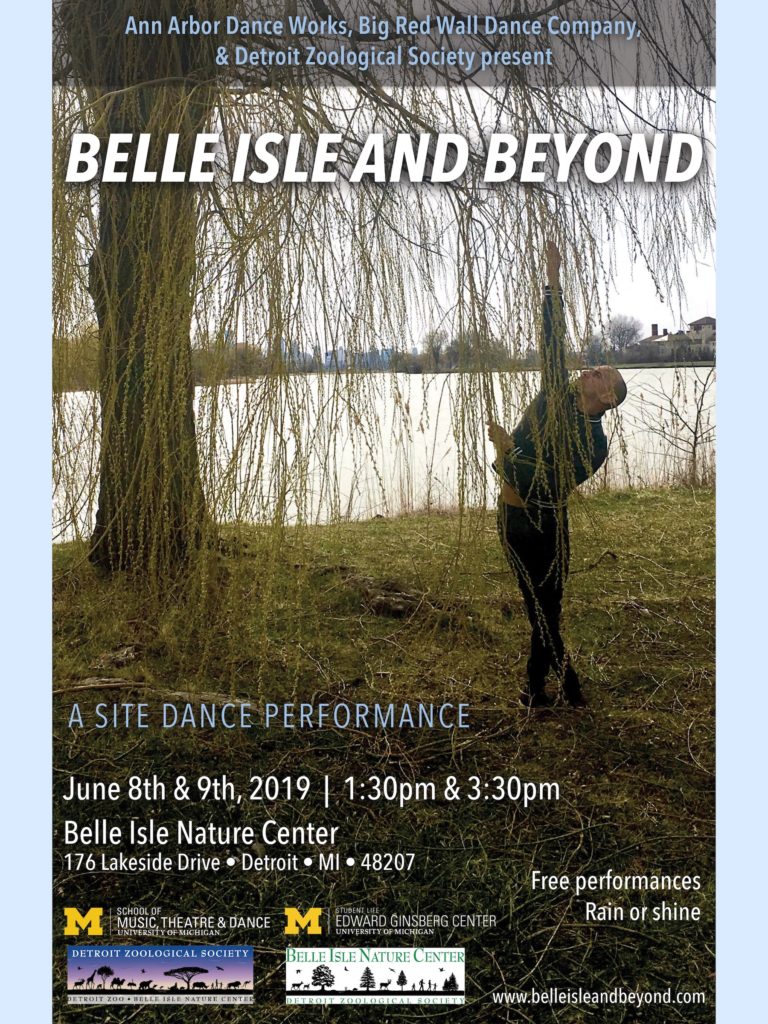
In 2019, I participated in Belle Isle and Beyond: Cultivating Ecoliteracy Through the Arts, a project with the goal of employing the arts to encourage an embodied, imaginative, and reflective engagement with nature in order to cultivate environmental empathy and stewardship. I worked with a group of middle school students from the Detroit Academy of Arts and Sciences to learn about acoustic ecology and the sound environment. We made field recordings on Belle Isle in Detroit, which then became the basis for compositions by myself and my PAT student, Tessa Fornari. Our compositions were then used for a site-specific dance performance at the Belle Isle Nature Center. I describe my composition Belle Isle Reverie in a separate post.
The project was a collaboration with Jessica Fogel (SMTD Dance), Sara Adlerstein-Gonzalez (Environment and Sustainability), Erika Stowall (Detroit Academy of Arts and Sciences and Big Red Wall Dance Company), Christine McNulty (Detroit Zoological Society) and many others. The project was featured in a story by Model D Magazine.
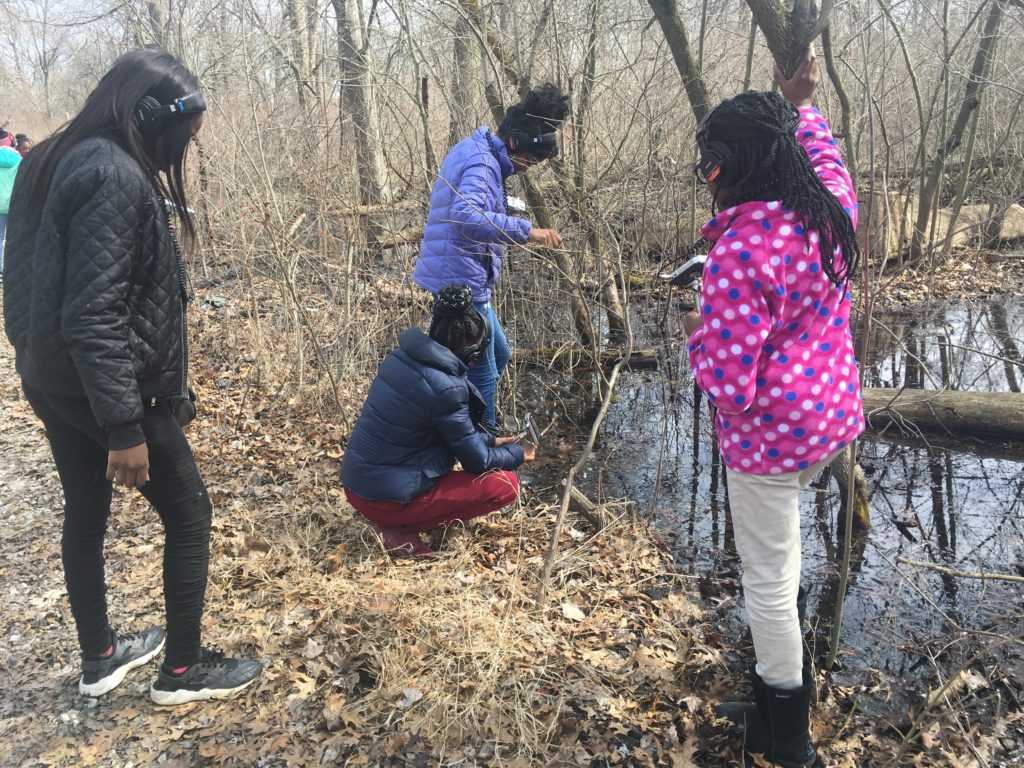
We had many supporters, including notably the University of Michigan’s MCubed 3.0 and the Edward Ginsberg Center.
